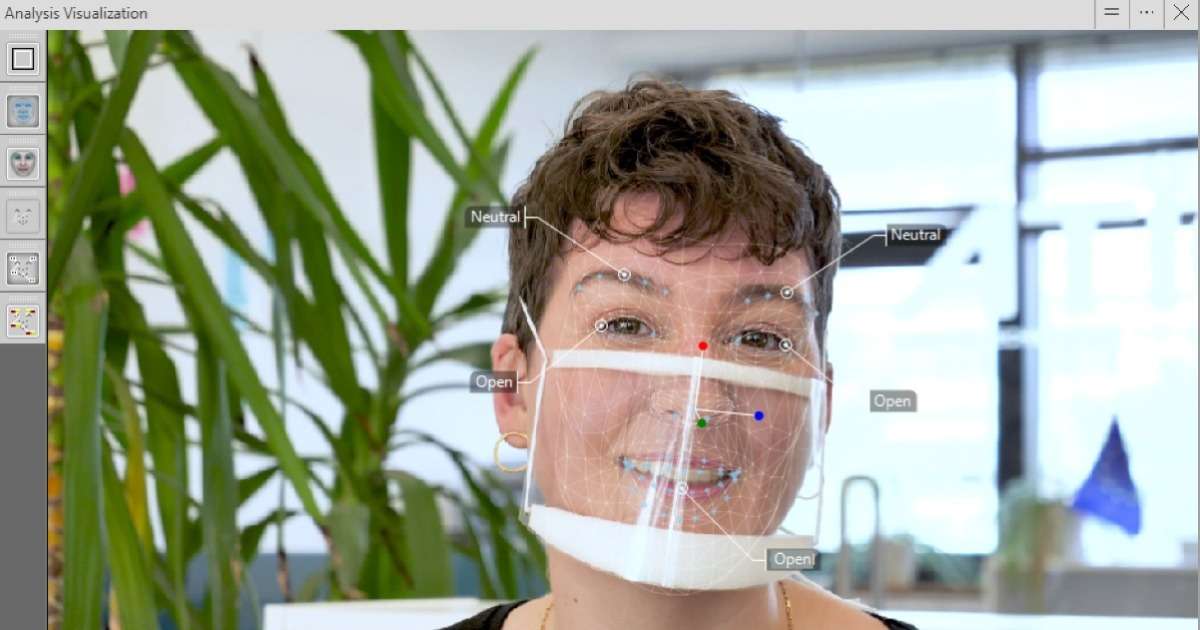Emotions
Emotions are what makes us human, and we all experience them. Emotion data provides crucial insights that allow researchers to gain insight in complex human behaviors in greater depth. Emotions can play a role in all kind of matters. For example, in the decisions we make whether or not to buy something, in food choices we make, and in how we interact with others.

Entrepreneurs’ facial expressions & emotional contagion during investor pitches
What is the influence of emotions in a decision-making process? Dinkla and Liebregts wondered if displaying joy and emotional mimicry play a role during pitches.

Do your emotions and moods change as you get older?
Are emotions affected differently for younger than for older people? Researchers used FaceReader to complement self-assessments and objectify mood changes to answer this question.

The role of entrepreneurs’ facial expressions to gain financial support
As an entrepreneur, attracting financial support is essential to get your start-up of the ground. How can positive facial expressions help to be more successful in a funding pitch?

Emotional responses to winning a paralympic medal
Guest blogger Jeffrey J. Martin conducted a study to examine the emotional reactions of Paralympians right after winning a medal, using automated facial expression analysis.

Why a clear mask is essential for clearer communication
For people who are deaf or hard of hearing, it is essential to be able to see the movements of the mouth while communicating. With the help of clear masks they can access the full facial expressions.

Measuring the intensity of emotional response to political advertisement videos
To convince voters, all kinds of strategies can be used to stimulate the electorate. Researcher Dias and his team evaluated how voters respond to changes in the scenario of videos of political propaganda.

The role of facial expression of emotion in joint activities
How does emotion expression guide interactive value learning and interactive corrective action selection? Dr. Robert Lowe investigated this and shares his findings in this guest blog post.

The eyes have it: face masks and non-verbal communication
When seeing another person wearing a face mask, humans have to rely on visible facial signals, which are the eyes and eyebrows. Looking someone in the eye is an important part of communication.

STAY AT HOME!
What is the best way to communicate an important message such as 'Stay at home'? The research team of Mauri compared the emotional reactions to three short videos containing this message using FaceReader.

Saying Ouch Without Saying It: Measuring Painful Faces
What happens when we’re in pain, real physical pain, but we cannot tell someone where or how badly it hurts? We can look at the facial expression!
